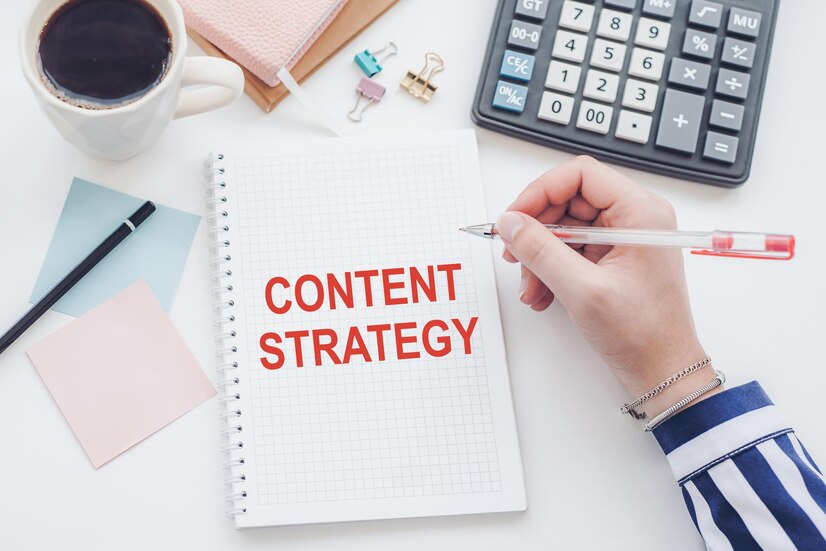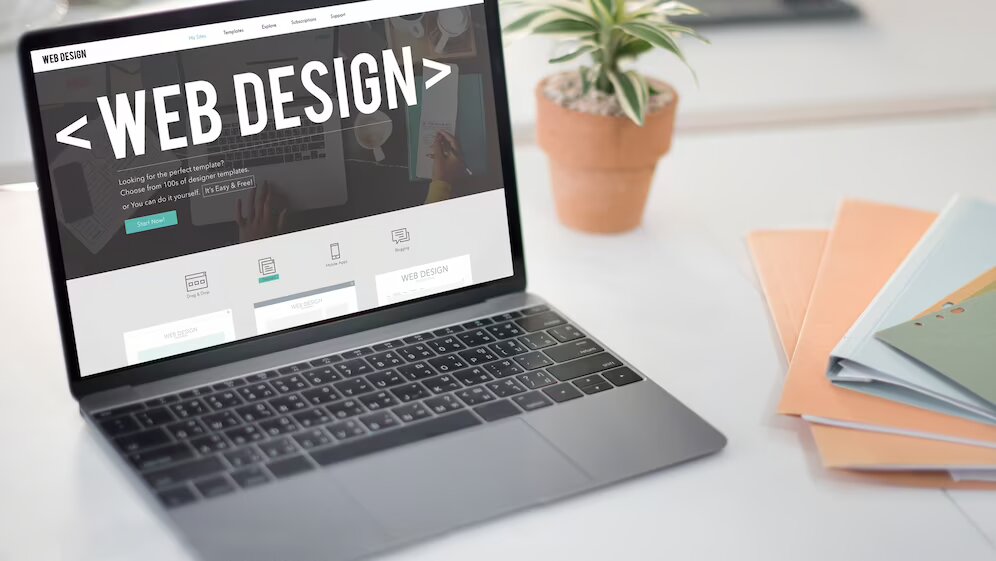Building Blocks Of A Successful Construction Company Website: Key Design Elements To Consider
5 Mins Read
Published on: 11 April 2023
Last Updated on: 16 September 2024

toc impalement
Do you know your website is the first thing potential clients will see?
It’s a means to advertise your services and a gateway to establishing trust and credibility. The goal of every construction company website must be to provide information about their offerings in an easy-to-understand format.
In doing so, they must also address the needs of their target audience. This will help construction companies to attract potential buyers and increase sales.
Does A Construction Company Need A Website?
Your website should be designed around one goal, i.e., getting people interested enough in what you offer, so they’ll contact you directly or visit one of your brick-and-mortar locations. This may sound simple enough, but several factors are at play here.
If any factor is overlooked or mishandled during the design process, everything else could fall apart before it even starts. Hence, having a construction website is vital in today’s digital age. You will be amazed that The National Association of Realtors finds that 97% of home buyers check out a construction company website for deals.
If you have a website, you can attract potential buyers. But if you don’t have a website, you will be missing a vast audience base looking for information online.
Elements Of A Successful Construction Company Website
A website is a crucial part of your business; you should create one if you don’t already have one. Usually, some good elements of a website include exceptional design, quality content that attracts potential buyers, and your past work.
Although what elements are good for your website may differ based on your needs and requirements, here are some common elements that a successful construction company should have.
User Experience Design

You should create a user flow diagram outlining how visitors should navigate through your site, including where they go first, second, third, etc., and what tasks they need to complete on each site page.
UX design is the first point of interaction of people with your website. Hence, you cannot overlook or take any chances with it. According to a recent Salesforce report, 84% of customers say that UX is very important, along with the best products. That’s why you must trust only professionals for your website design.
There are many web design service providers you can find online. You will get a huge list of results by searching for website design services. But to make an ideal selection, look for a company with a wide range of experience. Also, consider the testimonials from previous clients.
The testimonials will also hint at how the company has performed when it comes to catering to the requirements of clients across different industries. This will show how well they can adapt to your requirements and deliver the solution.
For example, Symmetric Design, a website design firm, has listed multiple testimonials. The testimonials are for different websites, one in the engineering field, another in the sports field, a third one for limestone suppliers, and many more. These testimonials write about the client’s experience with the company. You can explore previous client reviews to understand the expected experience.
Visual Design
The visual design of your website is the first thing people see when they visit. Creating a great first impression with thoughtful use of color, images, and typography is essential.
- Use a grid system: A grid system is a foundation for any design project, especially for websites, because it helps create order through layout consistency throughout the site. A well-designed grid will guide visitors’ eyes toward key elements like call-to-action buttons or headers so that they don’t miss anything important through your content.
- Choose colors wisely: When choosing colors for your site’s background, text, and links, make sure they contrast enough so that they’re easy to read but not so much so that they clash.
Content Strategy

Content is the backbone of your website. It can be divided into two main categories, informational and promotional. Informative content includes blog posts, FAQs, and other resources that help potential customers learn more about your business and its offerings.
Basically, the informational content focuses on the visitors’ search intent and tries to answer it. It is one of the ways you can engage your prospective customer. You can use user-centric FAQs to answer their pain points, as well.
Promotional content includes landing pages that promote specific products or services. In addition to these static pages on our site, we also take advantage of another type called dynamic elements, like forms where visitors can sign up for our newsletter or request free estimates online without having to call us directly.
SEO And Analytics
Google Analytics is free to use and has become the industry standard for monitoring traffic on websites. It also provides other useful information, such as where visitors come from, what interests them, and what devices they use to view your site.
2.5 million was the average number of Google searches made for construction building suppliers in 2022, and this number increases by millions for other related construction products.
Landing Pages

Landing pages are a very important part of your website. They’re designed to be single-purpose, focused on a single call to action, and designed to convert visitors into leads or customers.
Landing pages should be designed with the end goal of getting people to take action on your website. This could mean signing up for a free trial, downloading an eBook or whitepaper, scheduling a consultation call with one of our reps, or whatever it takes.
The most successful landing pages have three things in common:
- They’re clear about what they want from visitors.
- They provide value through content.
- They use graphics where appropriate.
Conclusion
The bottom line is that your website is the most crucial element of your marketing strategy. It’s where people will find out about you and how they’ll decide whether or not they want to do business with you.
If your site is poorly designed or difficult to use, chances are high that customers will look elsewhere when they need something built. By following the advice in this post and hiring a professional web designer who knows what they’re doing, you can ensure that doesn’t happen.
Additionals:


















Comments Are Closed For This Article